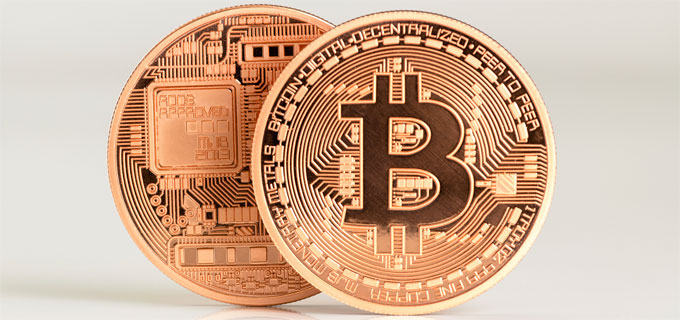
Australia and the electronic payments leagues table
Today electronic payments are the norm in Australia. In the direct entry system, there are about 7 million items per day equal to about $45 billion. Employers and governments use direct entry to pay wages and benefits, while individuals use direct entry to pay for goods and services through direct debits and internet banking.
These direct entry payments, which include direct credit and direct debit, account for 96 per cent of non-cash value (excluding high value payments) and about one-third of the number of non-cash payments.
From these figures, one would suspect that Australians are reasonably prolific users of electronic payments, which stands in contrast to some commentary that Australia is somehow “lagging behind” other countries in this respect.
So what does the data say? Where do Australians rank when compared to other countries in their use of electronic payments?
Until recently, this type of ranking was done by looking at volume and value figures produced by central banks and breaking it down on a per capita basis. From this one could get an overall picture of payments usage, though obviously it lacked granularity in terms of how widespread non-cash payments were being used in the economy.
Recently available data goes some way in addressing this. The World Bank Global Financial Inclusion Database (“Findex”) provides new data on financial inclusion and as a result new insights into the use of various payment instruments. It is based on a survey of 150,000 people in 148 countries throughout 2011, and despite its focus on financial inclusion, goes beyond developing countries to include data on developed economies such as Australia.
The Findex provides a new and interesting insight into global payment usage. For example, when looking at the proportion of the population (aged 15 +) that made an electronic payment during 2011, Australia ranks in a rather esteemed group, with nearly 80% of Australian adults having made an electronic payment. (See graph below.)
Australia is closer to Nordic countries such as Finland, Denmark and Sweden (as is New Zealand and the Netherlands), all with proportions in the high 70s to high 80s. In other developed economies, such as Canada, UK, US, France and Germany, the proportion of the population who made an electronic payment was lower, more in the high 60s.
Debates on the development of electronic payments in Australia have tended to gravitate to large English-speaking countries such as the UK and US. However, it may be that smaller, developed economies such as the Nordic countries, the Netherlands and our near neighbour across the Tasman provide more appropriate and aspirational models for us to consider. More insights from the Findex will be coming in future editions.


